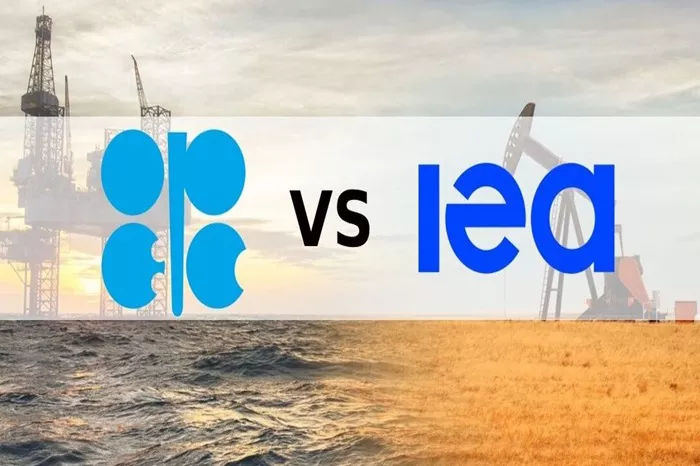In a week marked by divergent oil demand forecasts, the Organization of the Petroleum Exporting Countries (OPEC) and the International Energy Agency (IEA) have released reports indicating differing views on global oil demand growth for the short and medium term.
OPEC Maintains Optimistic Outlook
OPEC’s latest report maintains a positive outlook for global oil demand, projecting a robust increase in consumption for 2024 and 2025. According to the organization, global oil demand is expected to rise by 2.25 million barrels per day (bpd) in 2024 and by 1.85 million bpd in 2025. These forecasts remain unchanged from the previous month. OPEC attributes this anticipated growth to resilient economic conditions and increased air travel, particularly during the summer months.
The report highlights that strong mobility and travel in the Northern Hemisphere are anticipated to drive demand for transportation fuels, thereby supporting growth in the United States. OPEC also revised its forecast for world economic growth this year upwards to 2.9% from 2.8%, citing continued economic momentum outside the developed economies of the Organization for Economic Cooperation and Development (OECD).
IEA Projects Slower Growth
Conversely, the IEA’s report suggests a more subdued outlook. The agency forecasts global oil demand growth to slow to just under one million bpd for both this year and next. This forecast reflects a contraction in Chinese consumption during the second quarter, attributed to ongoing economic issues. The IEA reported that global oil demand increased by 710,000 bpd in the second quarter, marking the lowest quarterly increase in over a year.
The IEA anticipates that China’s contribution to global demand growth will decrease significantly, from 70% last year to approximately 40% in 2024 and 2025. The agency has kept its 2023 demand growth forecast at 970,000 bpd and reduced its 2024 projection by 50,000 bpd to 980,000 bpd. The IEA attributes these adjustments to slower economic recovery, increased energy efficiency, and the rise of electric vehicles.
Market Reactions and Supply Dynamics
In related developments, oil prices saw an increase on Thursday following a surge in US refining activity that led to a larger-than-expected drop in gasoline and crude inventories. Brent crude futures rose by 25 cents, or 0.29%, to $85.33 per barrel, while US West Texas Intermediate (WTI) crude futures gained 17 cents, or 0.21%, to $82.27 per barrel.
The US Energy Information Administration (EIA) reported a significant reduction in US crude inventories by 3.4 million barrels, well beyond analysts’ expectations. Gasoline stocks also fell by 2 million barrels, surpassing forecasts for a 600,000-barrel draw. Despite these positive supply indicators, gains were limited due to minimal disruptions from Hurricane Beryl.
Looking ahead, markets are awaiting US inflation data, including the Consumer Price Index and the Producer Price Index reports, which are expected to provide further insights into economic conditions. Federal Reserve Chair Jerome Powell indicated that interest rate decisions will be made as needed, addressing concerns about potential political motivations behind monetary policy decisions in light of the upcoming presidential election.
Related topics:

